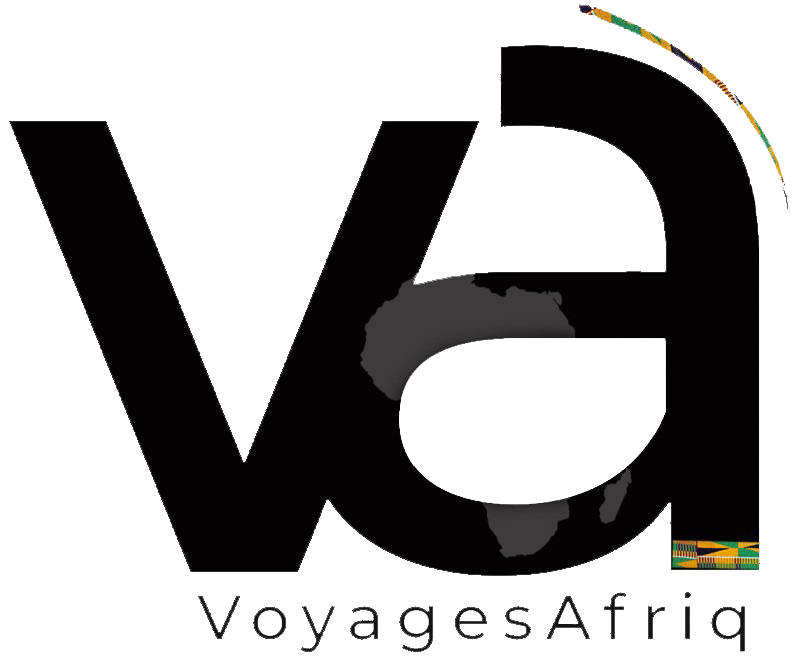Niger, like many of its West African neighbours has got huge tourism potential that is yet to be explored and tapped. This year, the country hopes to make its offerings more visible and accessible to the global travelling market. From business event spaces to historic monuments, sprawling wildlife and immersive cultural heritage, Niger presents travellers and visitors with options for a truly riveting experience.
In an exclusive interview with VoyagesAfriq, the Director General of agence de promotion du tourisme du Niger Souleymane Anafi revealed their plans for shoring tourism numbers while introducing us to the country’s unique attractions, sights, and sounds.
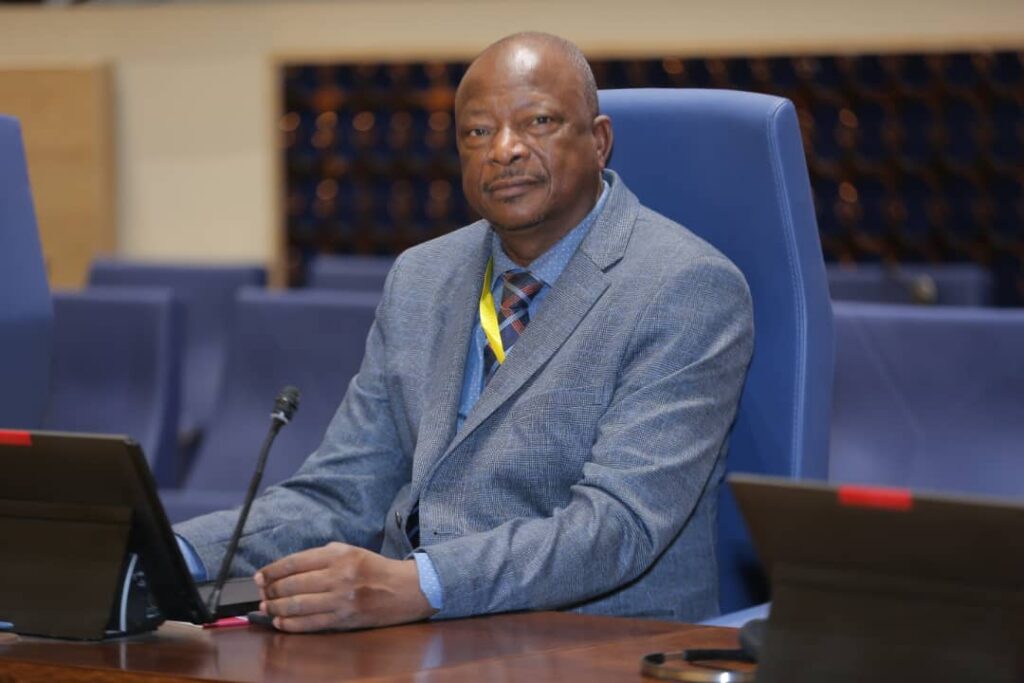
Can you give us an overview of the destination Niger?
Niger is a landlocked country in West Africa located between Algeria and Libya to the north, Mali and Burkina Faso to the west, Benin and Nigeria to the south, and Chad to the east. With a surface area of 1,267,000 km2, it is the largest of the West African countries. The population of Niger is estimated at 26,747,896 million in 2022, with a growth rate of 3.9% and a GDP/H of 213,450 FCFA with a growth rate of 10.8%. The main cities are Agadez, Diffa, Dosso, Maradi, Tahoua, Tillaberi, Zinder, Niamey.
The official language in Niger is French, and the currency is the CFA franc with an inflation rate of 0.5%. Niger is a landlocked country with a Sahelian climate that has only 3 months of rainy season per year. The capital of Niger is Niamey with 1,011,277 inhabitants.
The country’s geographical position makes it a major crossroads for trade between Sub-Saharan Africa and the Arab Maghreb countries. Niger’s most important mineral resources are gold, iron, coal, uranium, and oil.
Niger is easily accessible, particularly by air from Europe and from other African countries. There are thirteen (13) border crossings into Niger.
Niger, through its eight regions, contains cultural and wildlife riches, historical and archaeological remains, and magnificent tourist sites to discover. These include the Aïr Massif, the Ténéré, Termit and Tal deserts, the dinosaur cemetery, the Addax sanctuary, the last specimens of West African giraffes, the W Park, traditional architecture and the rich and varied age-old craft industry, which has adapted to the current modern context.
What are the main tourist products of Niger?
Niger is divided into 8 regions: Niamey, Agadez, Dosso, Maradi, Tahoua, Tillabéry, Zinder and Diffa. Each of them has certain natural assets and comparative advantages in terms of the vestiges of age-old civilisations such as archaeology, history, traditional architecture, culture, parks and protected areas, fauna, flora, arts and crafts, etc.
Niger’s tourism product is centered on three destinations: “Saharan Tourism” in the North with the Blue Mountains of Aïr, the Oases of Kawar, the Citadel of Djado and the vast and mythical deserts of Ténéré, Termit and Tal, the Rupestral Engravings, the Dinosaur Cemeteries, the Sanctuary of Addax, the Mosque of Agadez, the Thermal Spring of Tafadek, the Crafts, etc.
This region is the main tourist attraction where one finds an authentic culture still entirely preserved (Festival of Aïr and the Salt Cure, the Bianou under the bewitching rhythm of the Touareg Tendé). A crossroads of exchanges and a meeting place where Tuaregs, Woodabé, Fulani, Arabs, Toubous and Haoussas rub shoulders, Agadez was one of the major stages of the Paris – Dakar Rally.
“Cultural tourism” is dominant in Central-Eastern Niger and presents a rich cultural and artisanal diversity. It is the land of great African empires such as Kanem Bornou, the Hausa city-states and the Peulh empire of Sokoto, and of influential sultanates such as Damagaram. This region has a high concentration of typical architectural works, and the influence of the traditional chieftaincy is still very much in evidence.
“Endowed with magnificent tourist sites and numerous resources that can allow the development of all forms of Tourism, NIGER can rightly be considered as a Great Country of Tourism”.
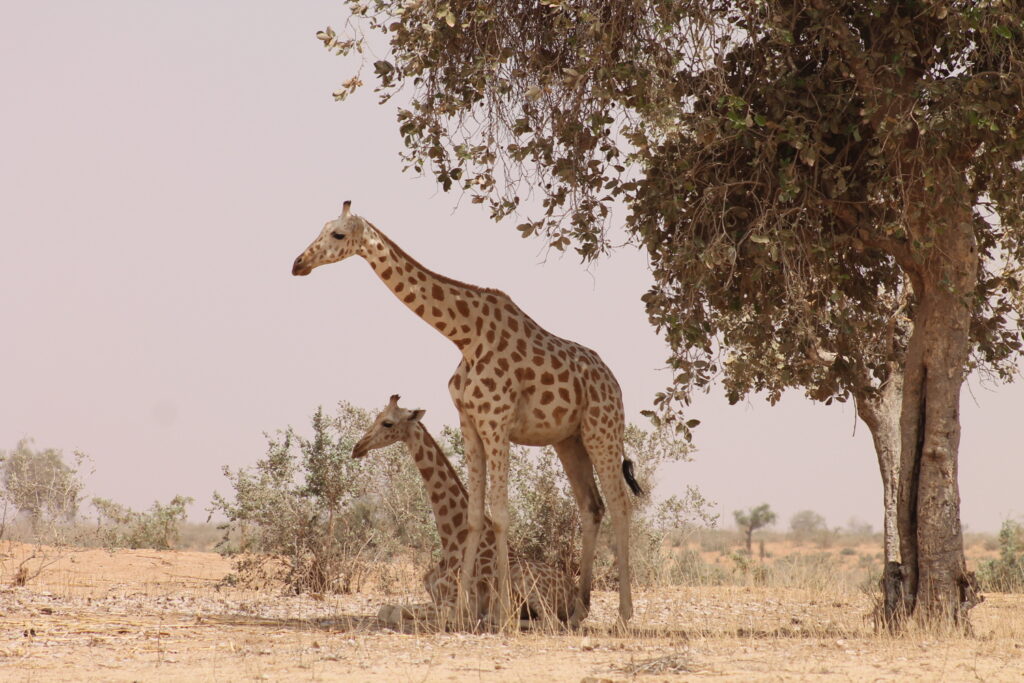
What are the Agency’s plans to position tourism as a key economic driver in Niger?
Given the situation in the Sahel, we have carried out an uncompromising diagnosis to determine the most appropriate strategy for putting tourism back at the heart of Niger’s economic ambitions. The environments characterised by the covid 19 pandemic and the insecurity in the Sahel require us to reorient our priorities to adapt them to the context. Until recently, 78% of our tourism offer was oriented towards Western clients.
It is difficult for us to ignore the disadvantageous situation that this approach imposes on us. Therefore, the option is to choose the Nigerian middle class and the countries of the sub-region as our promotional target.
This realignment of our priorities requires us to review our offer to adapt it not only to the portfolios of our targets but also to their cultural and cultural concerns. This also implies acting in concert with private promoters to accompany them in redefining their commercial strategies which must imperatively be in line with the tastes and purchasing power of these new targets.
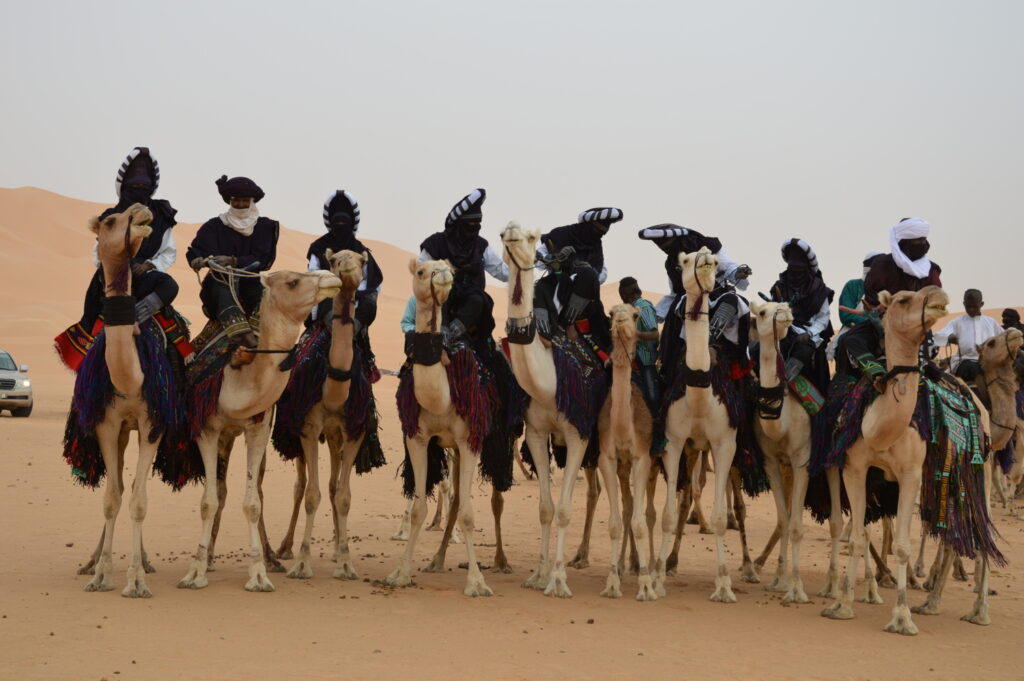
The second axis of our strategy is to improve the quality of the offer. Most promoters are not from the tourism sector and tend to employ family members who are trained on the job. The Niger Tourism Promotion Agency has a training centre for the tourism and hotel industry, whose purpose is to provide capacity building for the staff of tourism and hotel units in order to improve the quality of services to customers.
The third focus of our strategy is to develop national and regional demand through intensive communication. We have a young population in our countries to whom we must give the desire to discover or rediscover the riches of Niger. APTN has started a digital marketing campaign that is focused on the Net and social networks in particular.
Our campaign to promote the destination is based on storytelling. Each site has a story to tell about the region in which it is located, the hidden beauties of its regions, and an experience to be had.
The fourth axis of our strategy is to organise eductours to allow travel prescribers and tourism information professionals to discover the products offered by Niger tourism and to collect their opinions in order to make the necessary adjustments to better respond to travellers’ demands.
The fifth axis is to make all the national and international events organized in Niger into tourism products with tour and discovery offers as well as adapted activities to enhance the participants’ stays.
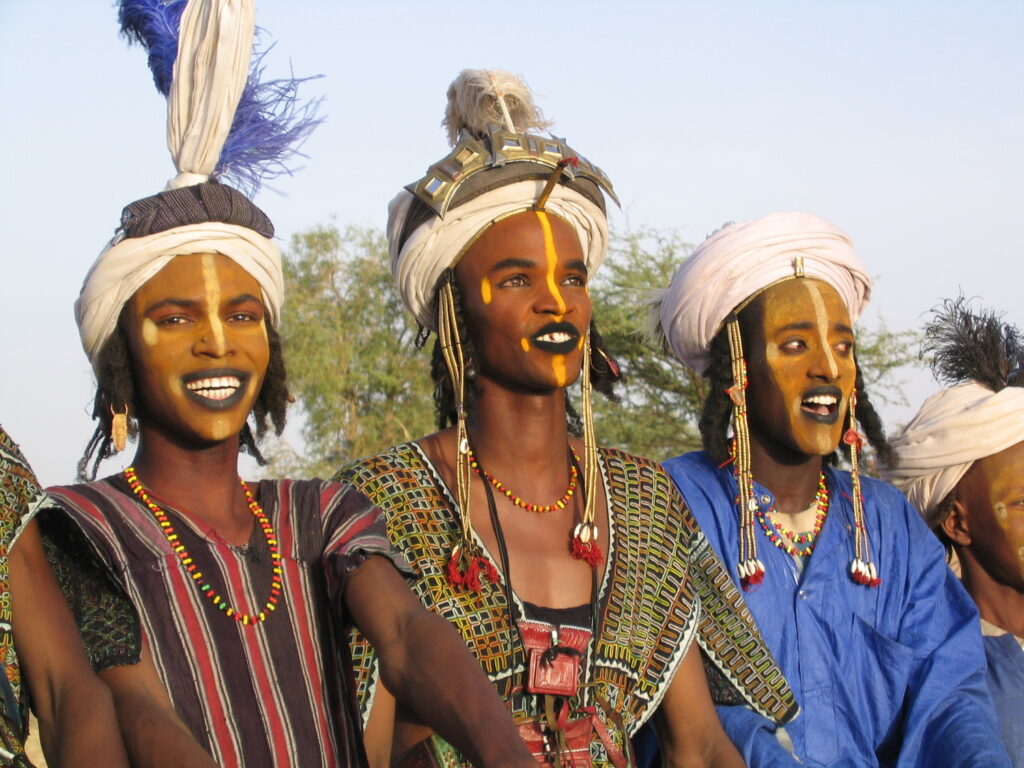
We are also planning to run communication campaigns in certain large-audience media to attract customers. We aim to reach a maximum number of target travellers.
Finally, we plan to participate in trade fairs that we consider relevant to our objectives in order to engage with travellers and stakeholders in the sector.
What is your projection for tourism in Niger for 2023?
Our projection for tourism in Niger for the coming year is that it will be dominated by business tourism because Niger is showing a growth rate that is whetting the interest of investors. Niger has resolutely positioned itself as a hub for international events and our ambition is to make them niches to boost related tourism events.
Regions such as Zinder and Agadez have tourism potential for a revival of tourism in secure environments. National events such as the Aïr Festival, the Bianou, the salted wax; the Gueréwol and the hotoungo which take place in secure environments will be niches which will be programmed to welcome charter flights of tourists.
Niger offers a different product from those offered by most destinations in the UEMOA region. We believe that a good partnership between travel agencies in this area could boost the promotion of inter-state tours, which is dear to the UEMOA
The year 2023 will be the start of the domestic tourism development programme “Nigeriens rediscover Niger”.
This article was first published in the March 2023 issue of VoyagesAfriq Travel Magazine
